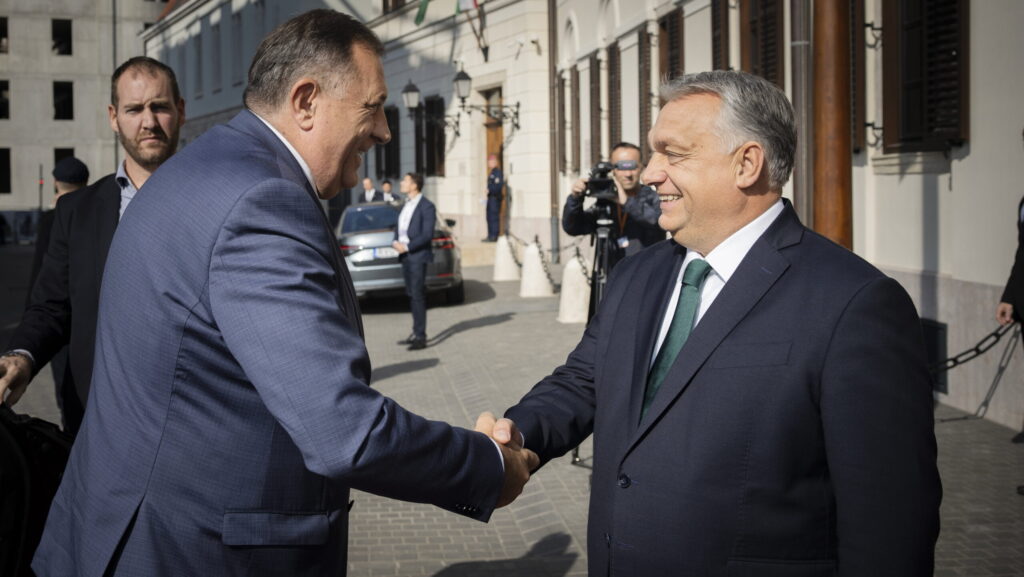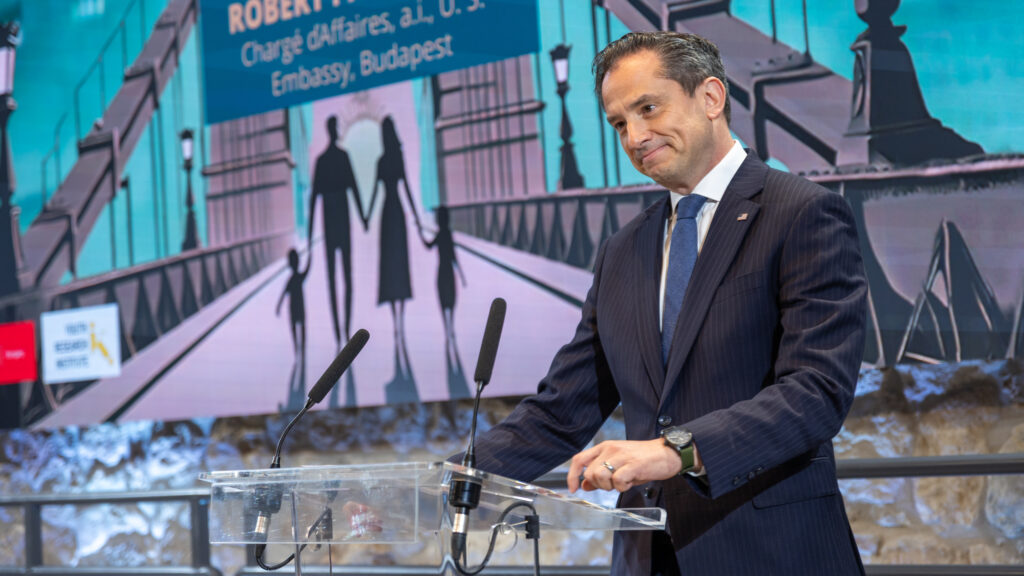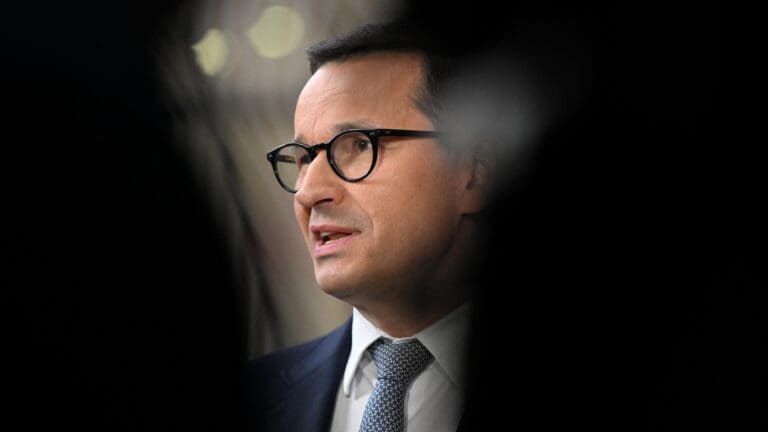In the wake of months of farmers’ protests across Europe, the European Commission unveiled the long-gestating EU climate plan with a key objective of cutting greenhouse gas emissions by 90 per cent by 2040 compared to 1990 levels. The climate targets have received a mixed reception, with many calling it the most ambitious plan ever, but being sceptical about its feasibility. The plan was presented to the European Parliament by Climate Commissioner Wopke Hoekstra, but at the moment, it is little more than a guide to member states, the announcement will be followed by a long process of negotiations, at the end of which the EP may approve the targets in agreement with member states.
The EU has already set a climate target—to reduce greenhouse gas emissions by 55 per cent by 2030 compared to 1990 levels—and plans to become climate neutral by 2050. However, ambitious targets often fail to align with reality, as evidenced by the Commission’s warning to member states last December that they would not reach the 2030 target under current measures and policies. This, of course, is also attributable to external influences such as the war in Ukraine, which has fundamentally disrupted the timetable for phasing out coal, for example.
Brussels’ Fragile Plan
According to the European Commission’s website, the 90 per cent target will assist in achieving climate neutrality by 2050, thereby fostering a healthier and safer future for Europeans. As per the text, this ambitious plan will also bolster the competitiveness of European businesses and enhance the continent’s resilience, ultimately reinforcing the much-touted strategic autonomy.
According to Bloomberg’s analysis, achieving the targets will entail significant costs, with the EU needing to invest
approximately €1.5 trillion annually between 2031 and 2040 to reach the 90 per cent reduction.
However, the source of this funding remains unclear. A substantial portion is currently circulating in the economy in the form of fossil fuel payments. According to the most optimistic analysis outlined by the EU, the region stands to gain around €2.8 trillion by 2050 through reductions in oil, gas, and coal usage. While part of the funding will inevitably come from national governments, the private sector will also need to contribute. Bloomberg highlights that the key question for the upcoming period is whether there will be collective borrowing at the EU level, similar to that seen during the handling of the coronavirus epidemic.
So while the goal is established, the focus is now on feasibility. The fragility of the climate plan is demonstrated by the significant concessions made by the Commission in response to the farmer protests. The section of the text that required agriculture to reduce emissions by 30 per cent compared to 2015 levels has been removed. Additionally, recommendations for citizens to modify their behaviour, such as reducing meat consumption, and efforts to end fossil fuel subsidies, have been eliminated.
The Commission is also retracting the Sustainable Use of Pesticides Regulation (SUR), which aimed to halve pesticide use by 2030. This regulation also included a provision for a complete ban on these products in sensitive areas such as urban green spaces and Natura 2000 sites. ‘The Commission proposed SUR, with the worthy aim to reduce the risks of chemical plant protection products,’ von der Leyen told MEPs at the European Parliament in Strasbourg on 6 February. ‘But the SUR proposal has become a symbol of polarisation.’
Adaption Over Mitigation
As the final plan will require approval from the next Parliament and Commission, the outcome of the EP elections in June will be crucial. Currently, it appears that right-wing parties and political groups may take the lead, potentially resulting in a situation where, for the first time in a long while, the European Parliament will not have a left-green majority. This shift could significantly impact climate targets and their attainment. In recent years, Green and progressive MEPs have formulated their recommendations and resolutions on climate policy
in a manner that overlooks the interests of a considerable portion of ordinary citizens—particularly farmers.
A right-wing EP could introduce substantial changes. In this context, the focus should not solely be on the goals themselves, but also on the steps, measures, and processes necessary to achieve these goals. ‘Decision-making in Brussels is largely focused on mitigation, continually raising emission reduction targets, rather than addressing and promoting adaptation, such as simplifying agricultural payments,’ Balázs Zay, senior analyst at the MCC’s Climate Policy Institute, told Hungarian Conservative.
As the expert pointed out, Hungary has demonstrated that sustainable growth is achievable: it has reduced its emissions output by 38 per cent compared to the 1990s, while experiencing over a 90 per cent increase in its economy. For context, the EU as a whole saw a nearly 30 per cent reduction in emissions matched by a 63 per cent increase in GDP. Hungary, like other EU countries, has committed to achieving climate neutrality by 2050, with the energy sector expected to reach this goal by 2040.
Moreover, Hungary has played a significant role in supporting the green transition not only domestically but also in the European transport sector. Major automotive companies such as BMW, Audi, Mercedes, Suzuki, and BYD have chosen Hungary for the production of their electric models. This is particularly crucial, as highlighted by Balázs Zay, considering that one-third of emissions stem from mobility. Additionally, the largest and most innovative battery factories will be built in Hungary, which means that Hungary will be among the four countries, alongside China, the United States and Germany, where two key segments of future technology and the green transition, battery production and electric car manufacturing, will be found together.
The analyst says
Brussels is following a flawed climate policy approach by promoting mitigation rather than adaptation.
Given that the EU is responsible for only 7 per cent of global emissions, the decision to accelerate quasi climate neutrality by ten years at significant cost is questioned. ‘This money should be spent on adaptation, protecting European farmers and the European economy from further damage,’ Balázs Zay emphasized. As an example, the expert mentions solar panels, installed by some countries decades ago, which have become outdated as technology has advanced, rendering many of them unusable. Therefore, the analyst suggests that the EU should follow Hungary’s approach: prioritize adaptation first and then focus on deploying technologies under more favourable conditions when they are ready.
Related articles:








